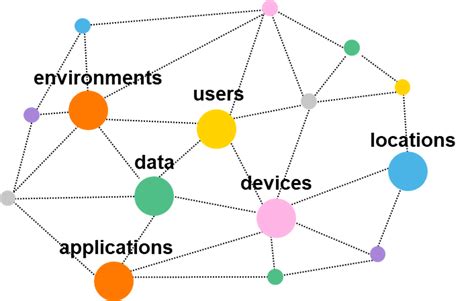Connecting the Dots: 1976 to 2024 – A Journey Through Technological and Societal Shifts
The period from 1976 to 2024 represents a breathtaking acceleration of technological advancement and profound societal shifts. Connecting the dots between these two seemingly distant years reveals a narrative of unprecedented change, impacting everything from communication and information access to global politics and personal lives. This article explores key technological milestones and societal transformations, examining their interconnectedness and long-term implications.
What were the major technological advancements between 1976 and 2024?
This period witnessed an explosion of innovation, fundamentally altering how we live, work, and interact. 1976 marked the dawn of the personal computer era with the Apple I, a stark contrast to the behemoth mainframes dominating the landscape. The subsequent decades saw the rise of the internet, initially a niche academic network, blossoming into a global communication and information powerhouse. The development of the World Wide Web in the early 1990s democratized access to information, paving the way for the digital revolution we experience today. Mobile phones evolved from bulky bricks to sophisticated smartphones, seamlessly integrating communication, computing, and entertainment. The rise of social media platforms has irrevocably changed how we connect, consume information, and even form political opinions. Finally, advancements in artificial intelligence, machine learning, and biotechnology are shaping a future previously confined to science fiction.
How did societal structures change between 1976 and 2024?
The technological advancements discussed above are inextricably linked to significant societal transformations. The rise of the internet and mobile communication fostered globalization, connecting people across geographical boundaries in ways unimaginable in 1976. This connectivity fueled new forms of social interaction, community building, and activism, but also presented challenges like misinformation and online harassment. The shift from an industrial to a knowledge-based economy impacted job markets and educational systems, demanding a new skill set and adaptability. Globalization also spurred economic growth but exacerbated inequalities, creating new challenges in wealth distribution and social justice. Finally, the digital age has raised complex ethical questions concerning data privacy, artificial intelligence oversight, and the impact of technology on mental health.
What were some of the major world events that shaped this period?
The period between 1976 and 2024 has witnessed a multitude of world-altering events. The Cold War's conclusion, the rise of globalization, and the subsequent emergence of new global powers have profoundly reshaped the geopolitical landscape. Major economic crises, like the 2008 financial crisis, have highlighted vulnerabilities in global economic systems. Technological advancements have also influenced geopolitical strategies, particularly with the rise of cyber warfare and the increasing importance of digital infrastructure. Moreover, the increasing frequency and severity of climate-related events have brought climate change to the forefront of global discussions, prompting a crucial need for international cooperation.
How has the role of information and misinformation changed from 1976 to 2024?
In 1976, information dissemination was controlled largely by established media outlets. The advent of the internet and social media has dramatically democratized information access. However, this has also led to an unprecedented surge in misinformation and disinformation campaigns, impacting public opinion, political processes, and even public health. The ability to spread false or misleading information rapidly and widely presents significant challenges, requiring critical thinking skills and media literacy from citizens. Combating misinformation requires a multi-pronged approach involving media outlets, social media platforms, and educational institutions.
What are the key challenges and opportunities for the future (post-2024)?
Looking ahead, the interconnectedness of technology and society will only intensify. Addressing the challenges of climate change, managing the ethical implications of artificial intelligence, and bridging the digital divide will be critical for creating a sustainable and equitable future. The continued development of renewable energy sources, advancements in AI for solving complex problems, and promoting digital literacy are crucial opportunities to harness technology for the benefit of humanity. The future will require continuous adaptation, critical thinking, and global cooperation to navigate the complex landscape shaped by the technological and societal shifts of the past decades.
In conclusion, connecting the dots from 1976 to 2024 reveals a period of unparalleled transformation, presenting both immense opportunities and significant challenges. Understanding the interconnectedness of technological advancements and societal changes is crucial for navigating the future and shaping a more equitable and sustainable world.

